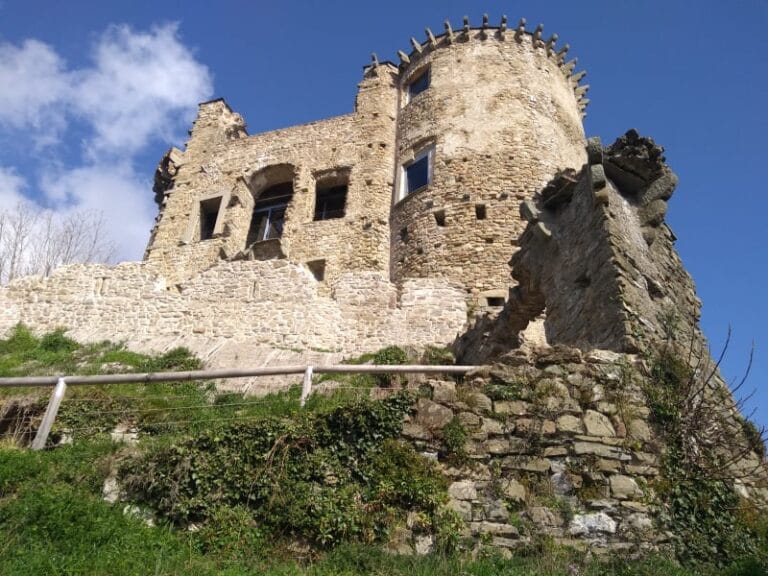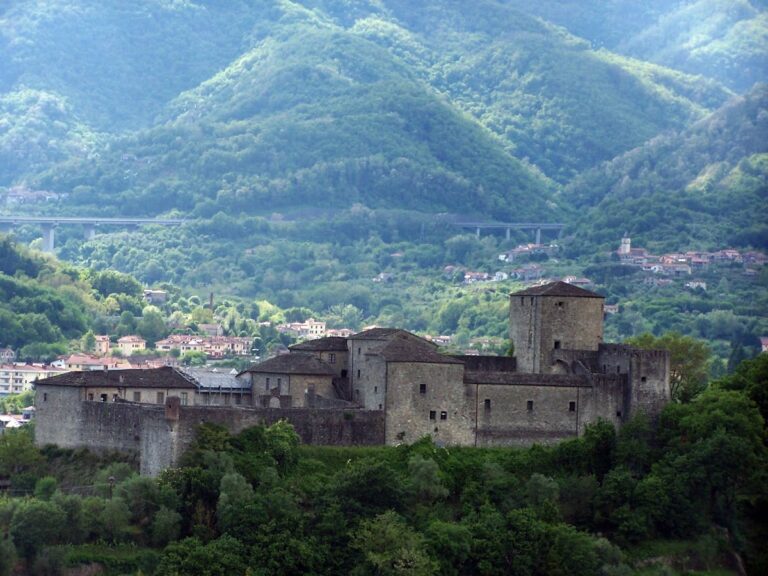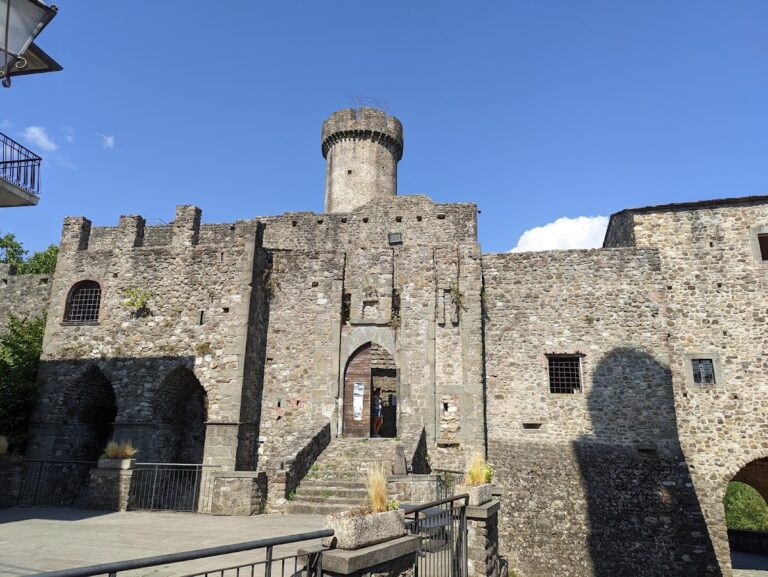Castle of Suvero: A Renaissance Fortress and Residence in Italy
Visitor Information
Google Rating: 4.4
Popularity: Very Low
Google Maps: View on Google Maps
Country: Italy
Civilization: Unclassified
Remains: Military
History
The Castle of Suvero is situated in the village of Suvero, within the municipality of Rocchetta di Vara in modern Italy. Its origins trace back at least four centuries before the mid-16th century, indicating construction during the late medieval period by local feudal powers.
In 1549, the castle underwent significant enlargement and renovation when Marquis Rinaldo Malaspina was granted lordship over the Suvero fief. He transformed the existing fortress into a residence reflecting Renaissance sensibilities, adapting it from a primarily military stronghold into a noble home. Nevertheless, the castle retained facilities to accommodate a small garrison, maintaining its defensive role within the region. The Malaspina family continued to inhabit the castle as feudal lords for over 200 years, overseeing the surrounding lands from this strategic vantage point.
The end of the Malaspina dominion in 1797 was brought on by the changes imposed during the Napoleonic French administration, which abolished feudal jurisdictions in the Lunigiana area. Following this political shift, the castle was left unoccupied by its former owners. Throughout the 19th century, the once-majestic structure suffered neglect, and a severe earthquake in 1920 caused parts of it to collapse, including two of its three original corner towers. Restoration efforts in more recent years have stabilized and preserved the remaining elements of the castle, which now serves as a private residence.
Remains
The Castle of Suvero stands on a trapezoidal plan, with three corners originally fortified by large towers to strengthen its defensive capacity. Constructed in stone, the castle exemplifies Renaissance architectural adaptations blending military and residential functions. Of the three corner towers, only one survives intact, rising to 18 meters in height and providing insight into the castle’s former prominence.
Currently, the castle consists of two stories, yet traces reveal it once included a third floor. This upper level housed a windmill, an unusual feature for a fortified dwelling, indicating a degree of self-sufficiency. The millstone from this windmill has been preserved inside the castle, serving as a tangible relic of its historic operation.
While damage from natural causes and neglect led to partial collapses, recent restoration work has carefully conserved the standing tower and the main structure’s remaining walls. The castle’s location in Piazza Fontana Benedetto Mergoni positions it along the historic route to the Casoni Pass, underlining its strategic role in overseeing movement through the upper Vara valley. Today, the castle embodies a blend of preserved Renaissance military architecture and evidence of noble residential design.










